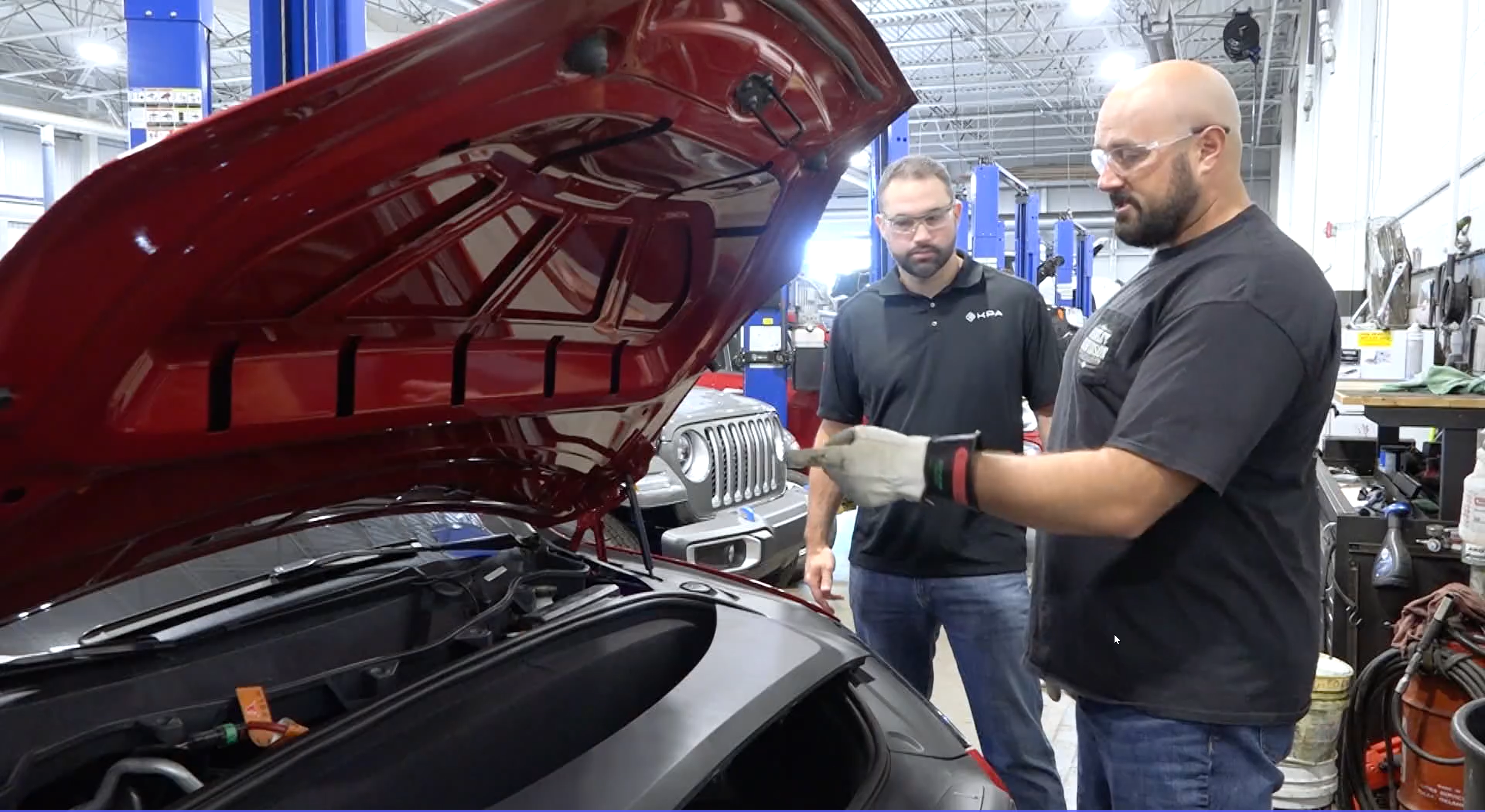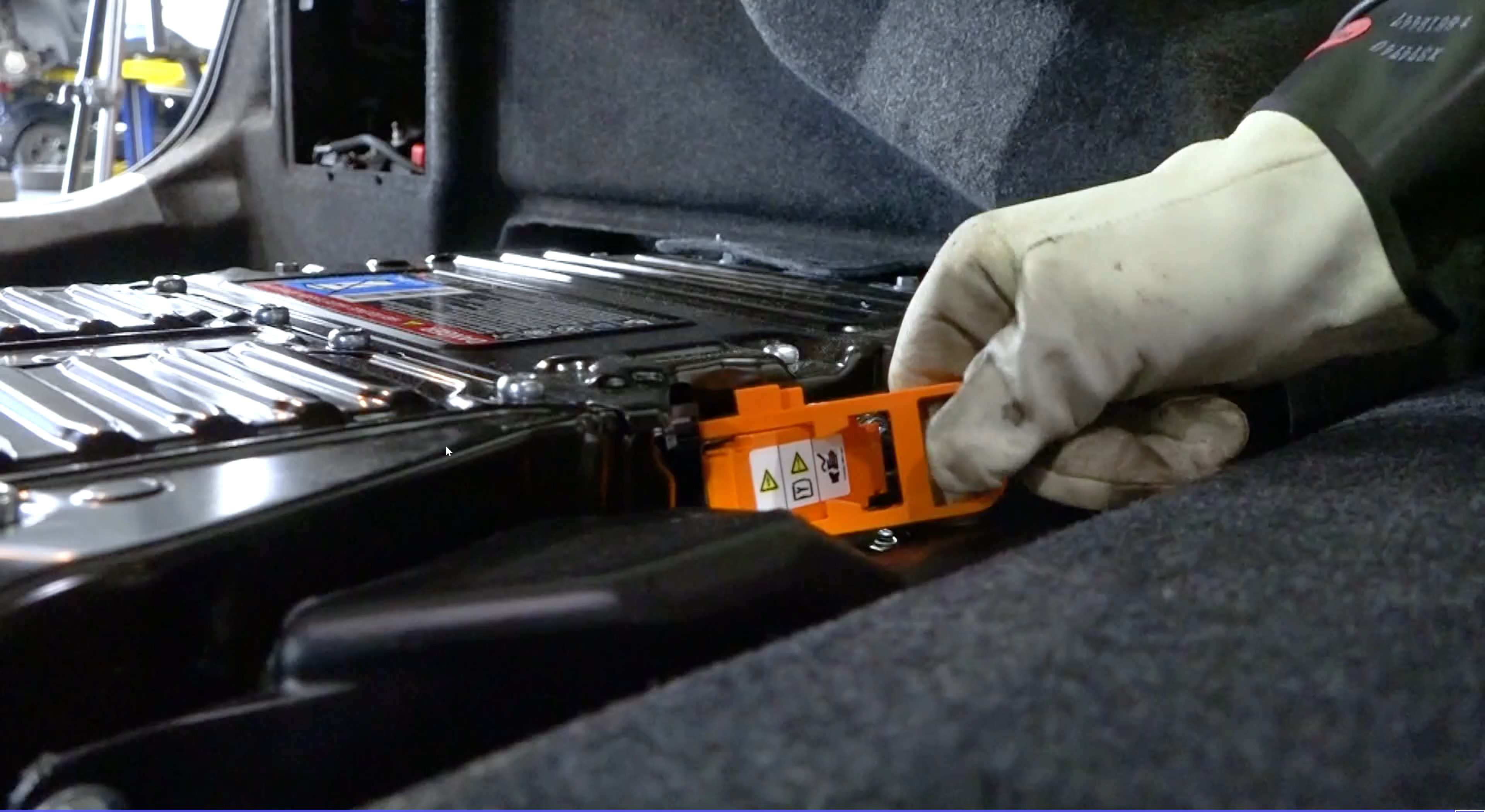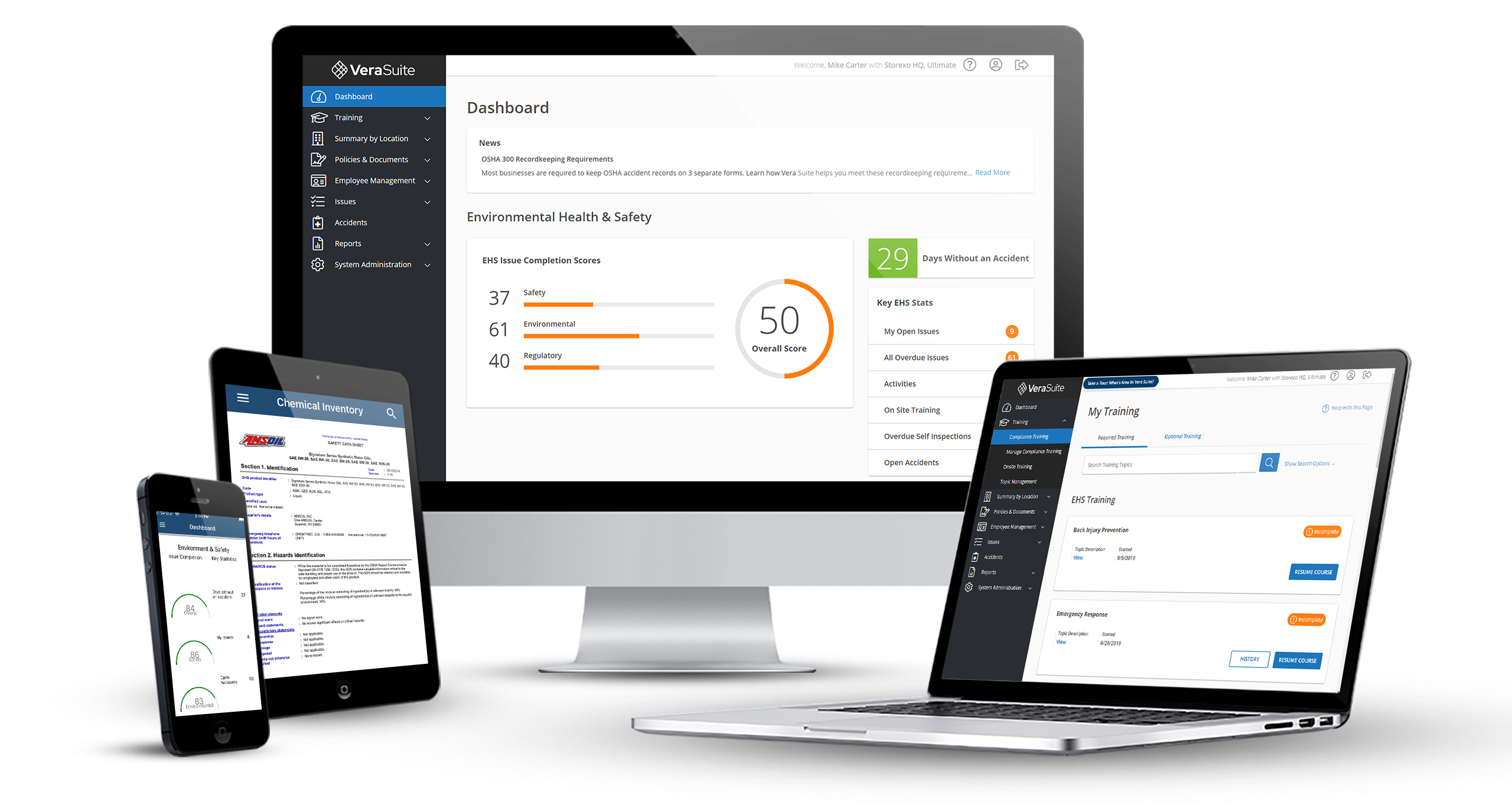It’s imperative to understand the mechanics of electricity and electrical personal protective equipment (PPE) to stay safe on the job. Due to the wide variety of factors that contribute to skin resistance, exposure to a high-voltage battery is a very risky endeavor. That’s where personal protective equipment comes into play.
There are three types of PPE for working safely with electricity: safety glasses, insulated gloves, and arc-flash equipment.
What’s an arc flash?
An arc flash is the combination of light and heat produced when current travels through the air or ground or another voltage phase, called an arc fault. Arc-flash equipment generally consists of footwear, pants, a long-sleeved shirt, gloves, and headgear—all specially designed to protect the wearer from burns. Most electric vehicle manufacturers do not require technicians who work with EVs to wear arc-flash equipment. That’s because no manufacturer requires technicians to open a battery case under any circumstances.
For the work you perform, you must wear safety glasses and lineman gloves (also called lineman’s gloves).
Safety Glasses
Safety glasses protect the wearer from hazards to the eyes and should be a standard part of every technician’s work uniform. It is always a good idea to confirm that the glasses comply with ANSI Z87+ standards: They must provide protection from impact and chemical exposure, and they must protect the peripherals.

Lineman Gloves
Commonly called hybrid or EV gloves, lineman gloves are designed to prevent the wearer from becoming part of an electrical circuit. You should wear them any time you are working with the high-voltage system, whether that is the battery or the energized components of the vehicle.

Here’s what you need to know about wearing lineman gloves:
Proof Test Every Six Months
Lineman gloves require proof testing every six months to ensure their integrity. Even a microscopic perforation can compromise the gloves, allowing the wearer to enter into the circuit. Proof testing must be performed by a laboratory accredited by the North American Independent Laboratories for Protective Equipment Testing.
Inspect and Air Test Before Each Use
Physically inspect and air test the gloves using an air testing kit before each use. You’re looking to identify tears, holes, ozone cuts, defects, or material swelling or thinning. Perform air testing in compliance with the glove manufacturer’s recommendations and glove type requirements.
Wear the Correct Class
There are six main classes of lineman gloves: 00, 0, 1, 2, 3, and 4. Automotive technicians use Class 00 or Class 0 gloves. Class 00 gloves are rated for 500 V use and Class 0 gloves are rated for 1,000 V use.
Wear with Leather Gloves
Never use lineman gloves without a pair of leather protector gloves over top. They are designed to protect the insulated gloves from wear and tear, such as cuts, abrasions, and punctures. There are limited exceptions to this requirement, but considering the high voltage of electric vehicle batteries, leather protectors are required.
Other Sources for Safety Information
Vehicle and battery manufacturers publish their recommendations for safety precautions, personal protective equipment, and any other administrative or engineering controls. These publications should be your first reference point when you perform maintenance work on an EV high-voltage system.
A dealership should also perform a hazard assessment for electric vehicle work to determine which hazards employees are exposed to and how to control those hazards. You may also reference OSHA 1910.137 – Electrical Protective Equipment and NFPA 70E, though those regulations are not specific to electric vehicles.
Stay on top of EV Safety requirements with KPA.
We designed KPA’s EV safety and compliance solution to help you prepare your facility, educate your staff, and document/maintain OSHA compliance. The elements of the program include consulting, documents, and training delivered through the Vera Suite platform.
